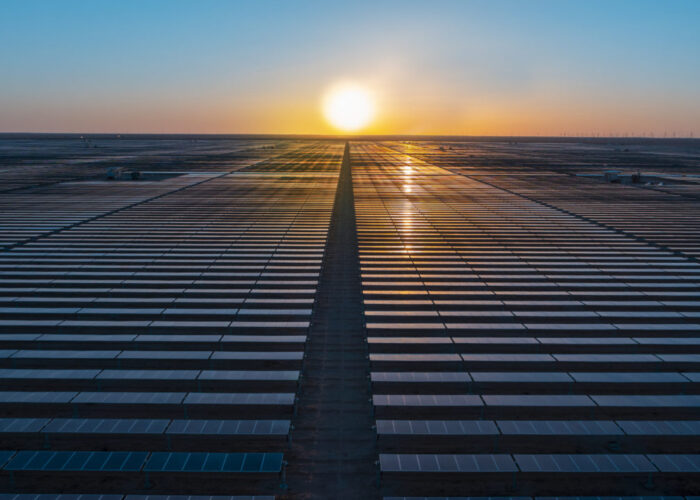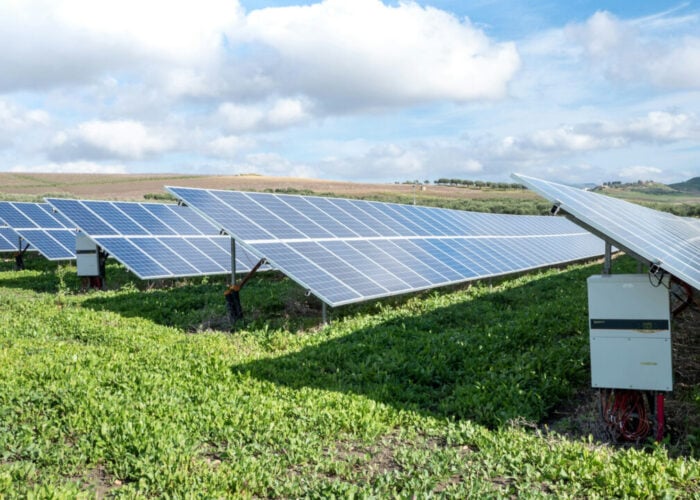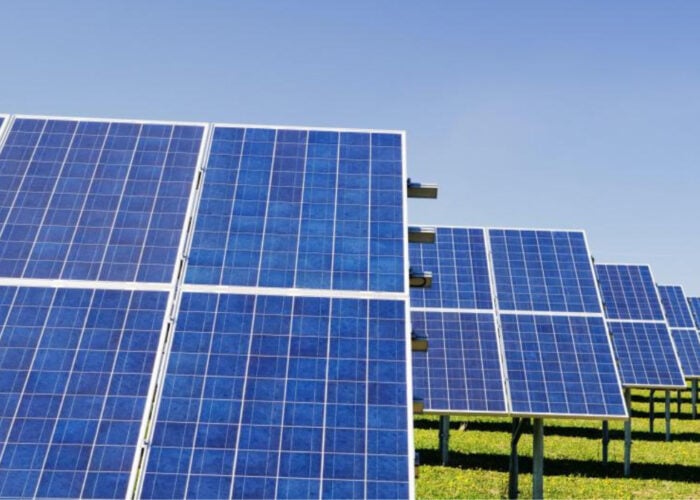Just when it was safe to say that the severe polysilicon shortages from a few years ago were long-gone and that a era of oversupply boded well for users in the solar industry, issues have emerged within the supply chain that are forcing spot prices higher once again. According to a report from Barclays Capital financial analyst, Visal Shah, checks have shown that spot prices have risen to as high as US$70-80/kg, yet spot prices were at US$55-60/kg range, only a few weeks ago. Bottlenecks were said to have appeared from polysilicon through to wafering, according to the analyst.
Shah noted in his investor note that there were several issues most likely affecting spot prices at the moment. There have been polysilicon supply issues due to production halts due to technical problems such as fires at LDK’s polysilicon plant, which Shah said had meant the plant needed to be shutdown recently.
Unlock unlimited access for 12 whole months of distinctive global analysis
Photovoltaics International is now included.
- Regular insight and analysis of the industry’s biggest developments
- In-depth interviews with the industry’s leading figures
- Unlimited digital access to the PV Tech Power journal catalogue
- Unlimited digital access to the Photovoltaics International journal catalogue
- Access to more than 1,000 technical papers
- Discounts on Solar Media’s portfolio of events, in-person and virtual
This had led to LDK attempting to secure as much polysilicon for its wafer production operations due to strong demand for wafers.
Another producer in China, Xinguang had shut operations completely, while it worked to replace old production equipment and systems originally supplied from Russia to modern technology that would enable the company to compete better in the future. Barclays Capital said Xinguang’s capacity before the shutdown had been 1,200MT/yr.
The well documented recent power outage at an REC run plant was also cited as a catalyst behind polysilicon shortfalls and higher demand for spot polysilicon.
However, the report also links capacity mismatch issues at the wafer and cell segment of the supply chain notably that checks has shown that ingot capacity currently exceeded wire saw capacity, which remained ‘tight.’
In periods of high-demand for wire saw systems, lead times can extend considerably due to the complexity of the machines and set-up times before entering production. Although key equipment suppliers such as Meyer Burger and Applied Materials HCT arm have added capacity over the last few years to meet the last major wave of orders, the current wafer capacity additions are on a completely different scale than those seen in 2007 and 2008.
Barclays Capital noted that one customer of Applied Materials HCT arm had equipment scheduled originally for delivery in February, 2010 but received the order five months later.
Although common practice to multiple-source wafering equipment, demand for equipment is high and difficult to find suppliers without supply constraints as all equipment is usually made to order.
Shah also noted that there had been an overall higher than anticipated wafer and cell capacity additions in July to August timeframe yet manufacturers were unable to obtain polysilicon, especially on the spot market.
Shah believes that most polysilicon suppliers have contracted nearly 100% of the volumes to long term contracts in order to avoid the sharp swings in spot market, leaving suppliers unable to fulfil increased demand from the spot market, despite attractive prices.







